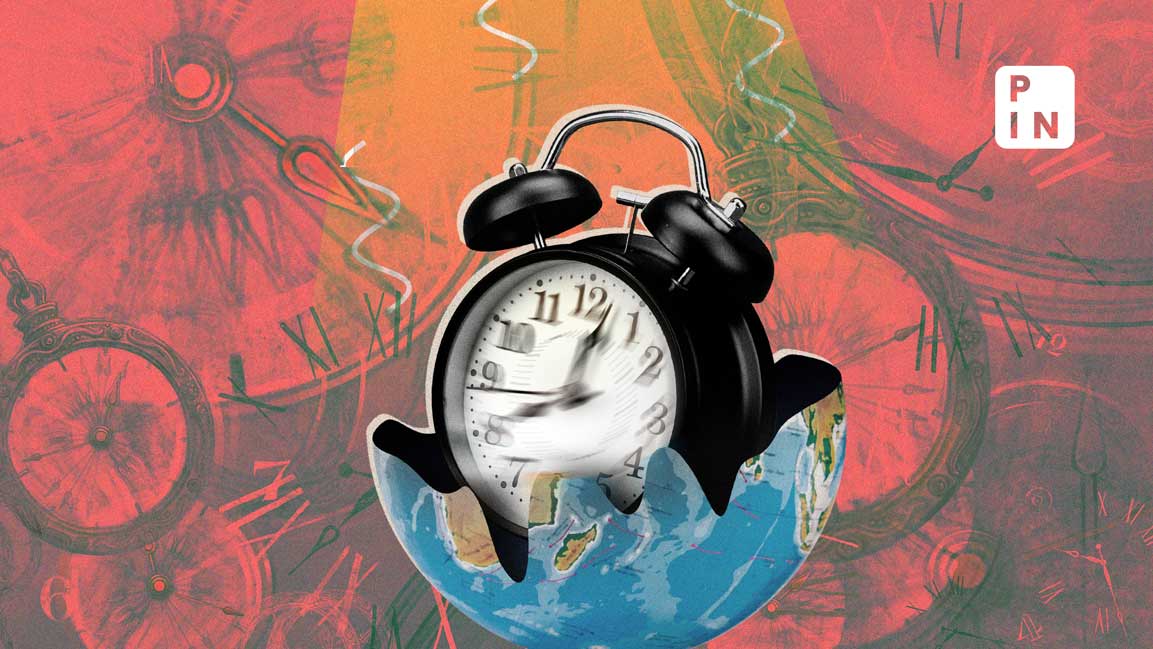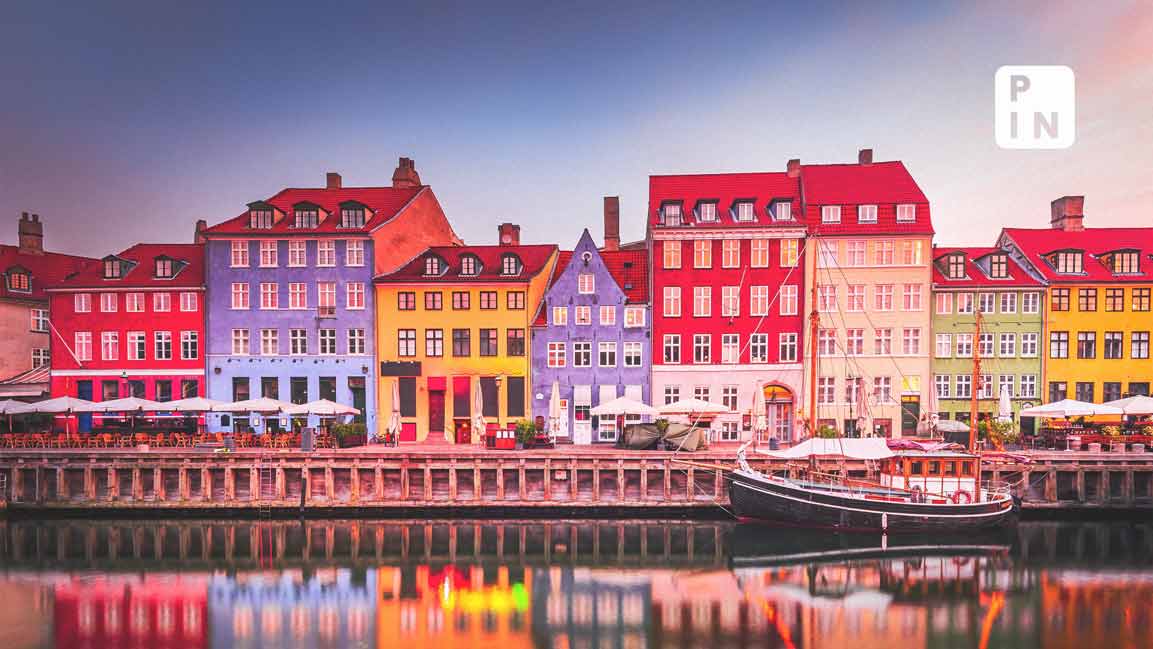- | 2:00 pm
Doomsday clock ticks closer to global catastrophe
Over the years, the hands of the Clock have moved in response to evolving threats including nuclear tension, climate change, and biological threats

The Doomsday Clock, a symbolic clock face that represents the likelihood of a man-made global catastrophe, will remain at 90 seconds to midnight for the second year in a row, the Bulletin of the Atomic Scientists said on Tuesday, 23 January.
The Clock’s time is adjusted periodically based on current events and global developments, and the closer the Clock is set to midnight, the closer the scientists believe the world is to disaster.
Maintained since 1947 by the members of The Bulletin of the Atomic Scientists’ Science and Security Board, it primarily reflects the threat of nuclear war and other global risks.
Its purpose is to raise awareness about the dangers of nuclear weapons and other existential threats to humanity, including climate change and technological advances.
Jerry Brown, the executive chair of the Bulletin, compared global leaders’ actions to steering the Titanic towards disaster.
“Increased nuclear weapons, massive carbon emissions, hazardous pathogens, and artificial intelligence. Major nations such as China, the US, and Russia are key to averting this. Despite their profound disagreements, cooperation is essential – otherwise, we face doom,” Brown said.
History of the Doomsday Clock
In 1947, just two years after the infamous Manhattan Project delivered the destructive power of nuclear weapons into human hands, a group of prominent scientists, including Albert Einstein and J Robert Oppenheimer, had founded the Bulletin in the wake of the World War II and conceived a powerful symbol: the Doomsday Clock.
This metaphorical clock, set each year by the Bulletin’s Science and Security Board, uses the stark imagery of midnight as an allegory for global annihilation and the ticking seconds before midnight to represent the urgency of the threats facing humanity.
Over the years, the hands of the Clock have moved in response to evolving threats, inching closer to midnight during periods of heightened nuclear tension and retreating when hope emerged for progress.
It has become a universally recognized symbol, and the Bulletin has often been accused of using scare tactics to sound the alarm, which is a reminder of our collective vulnerability.
What are the threats?
The Bulletin has issued a chilling message, declaring the world remains at 90 seconds to midnight on the Doomsday Clock – the closest humanity has ever been to facing a global catastrophe.
Scientists said the war in Ukraine has heightened fears of nuclear escalation, with Russia repeatedly hinting at deploying its atomic arsenal. Meanwhile, countries like China and the US continue to modernize their nuclear weapons, exacerbating the risk of accidental or intentional nuclear war.
The Bulletin views the potential for nuclear miscalculation or escalation as a clear and present danger.
Israel’s actions, as a nuclear state, during the ongoing humanitarian crisis in Gaza are also relevant, Reuters reported, citing Rachel Bronson, the bulletin’s president and chief executive.
“Of particular worry is that the conflict might escalate more broadly in the region creating a larger conventional war and drawing in more nuclear powers or near-nuclear powers,” said Bronson.
While the threat of nuclear annihilation has dominated the hands of the clock in the previous years, another existential danger crept onto the scene in 2007: climate change.
2023 marked the hottest year ever recorded, and extreme weather events like floods, wildfires, and droughts became increasingly common, displacing millions and threatening global food security as well as labor productivity.
The Bulletin warned that governments are fiddling while the planet burns, failing to take adequate action to combat climate change.
Bronson also labeled current efforts to curb greenhouse gas emissions as “grossly insufficient.”
This warning emphasizes the urgency of accelerating the transition to clean energy.
Another concern is the convergence of emerging AI tools and biological technologies, which could empower individuals to create harmful biological agents.
The world of life sciences is undergoing a rapid revolution, with technologies like genetic engineering becoming increasingly efficient. While this holds immense potential for advancements in health and medicine, it also raises serious concerns about potential misuse.
Previous years
Before 2017, the clock only used whole minutes to indicate the level of threat. In 2017, the Clock was moved to two minutes and 30 seconds to midnight, citing the increasing danger posed by nuclear weapons proliferation, Donald Trump’s presidency in the US, and the threat of climate change.
This marked the first time the Clock had used seconds to indicate the level of threat.
In 2020, the Clock was moved to 100 seconds to midnight, reflecting the combined dangers of nuclear weapons, climate change, and the COVID-19 pandemic.
Back in 1991, the Clock reached its closest point to midnight ever, at two minutes to midnight, due to the Cold War tensions and the nuclear arms race.
Over the following decades, the Clock’s hands have moved back and forth, reflecting shifts in the geopolitical landscape and improvements in arms control agreements.
“Make no mistake: resetting the Clock at 90 seconds to midnight is not an indication that the world is stable. Quite the opposite. It’s urgent for governments and communities around the world to act. And the Bulletin remains hopeful—and inspired—in seeing the younger generations leading the charge,” said Bronson.













